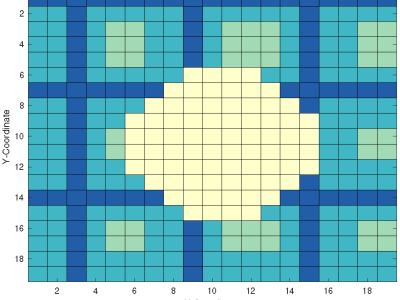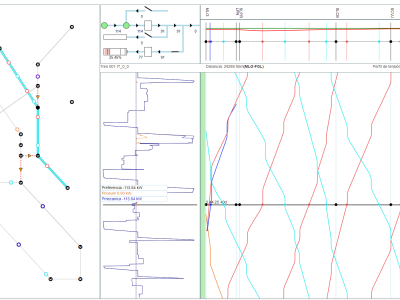
Route planning also known as pathfinding is one of the key elements in logistics, mobile robotics and other applications, where engineers face many conflicting objectives. However, most of the current route planning algorithms consider only up to three objectives. In this paper, we propose a scalable many-objective benchmark problem covering most of the important features for routing applications based on real-world data. We define five objective functions representing distance, traveling time, delays caused by accidents, and two route specific features such as curvature and elevation.
- Categories:








